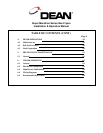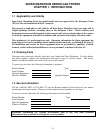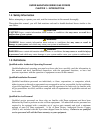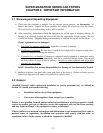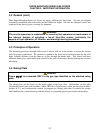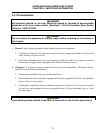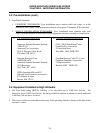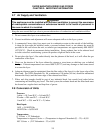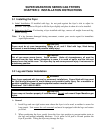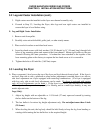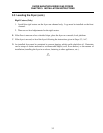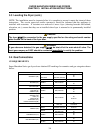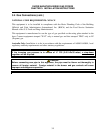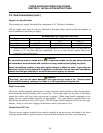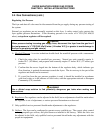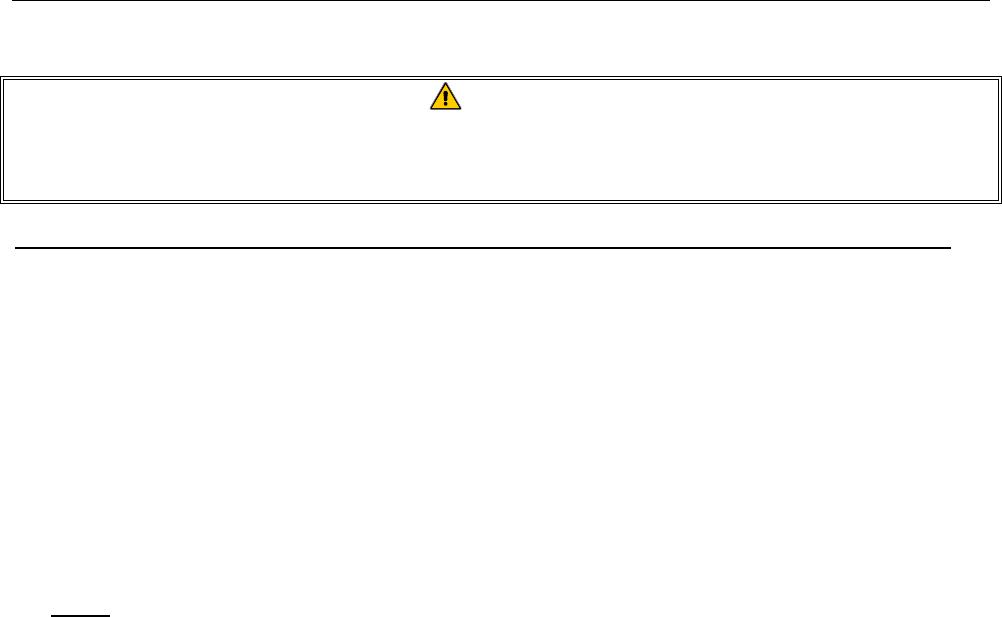
SUPER MARATHON SERIES GAS FRYERS
CHAPTER 2: IMPORTANT INFORMATION
2-5
2.7 Air Supply and Ventilation
DANGER
This appliance must be installed with sufficient ventilation to prevent the occurrence
of unacceptable concentrations of substances harmful to the health of personnel in
the room in which it is installed.
Keep the area around the fryer clear to prevent obstruction of combustion and ventilation airflow.
1. Do not connect this fryer to an exhaust duct.
2. Correct installation and adjustment will ensure adequate airflow to the fryer system.
3. A commercial, heavy-duty fryer must vent its combustion wastes to the outside of the building.
A deep-fat fryer must be installed under a powered exhaust hood, or an exhaust fan must be
provided in the wall above the unit, as exhaust gas temperatures are approximately 800-1000°F
(427-538°C). Check air movement during installation. Strong exhaust fans in the exhaust hood
or in the overall air conditioning system can produce slight air drafts in the room.
4. Do not place the fryer’s flue outlet directly into the plenum of the hood, as it will affect the gas
combustion of the fryer.
5. Never use the interior of the fryer cabinet for storage or store items on shelving over or behind
the fryer. Exhaust temperatures can exceed 800°F (427ºC) and may damage or melt items stored
in or near the fryer.
6. Adequate distance must be maintained from the flue outlet of the fryer(s) to the lower edge of the
filter bank. Per NFPA Standards No. 96, a minimum of 18-inches (45-cm) should be maintained
between the flue(s) and the lower edge of the exhaust hood filter.
7. Filters and drip troughs should be part of any industrial hood, but consult local codes before
constructing and installing any hood. The duct system, the exhaust hood and the filter bank must
be cleaned on a regular basis and kept free of grease.
2.8 Conversion of Units
Pressure:
1 mbar = 10,2 mm W.C. = 0,4-inch W.C.
20 mbar = 204 mm W.C. = 8-inch W.C.
1-inch W.C. = 25,4 mm W.C. = 2,5 mbar
Heat Input:
1 kW = 3410 BTU/hr
100 BTU/hr = 0,0293 kW
Temperature:
0° Celsius = 32° Fahrenheit
Temperature in degrees Celsius = (Temperature in degrees Fahrenheit (F) – 32) x 0,555
100° Celsius = (212° Fahrenheit – 32) x 0,555




